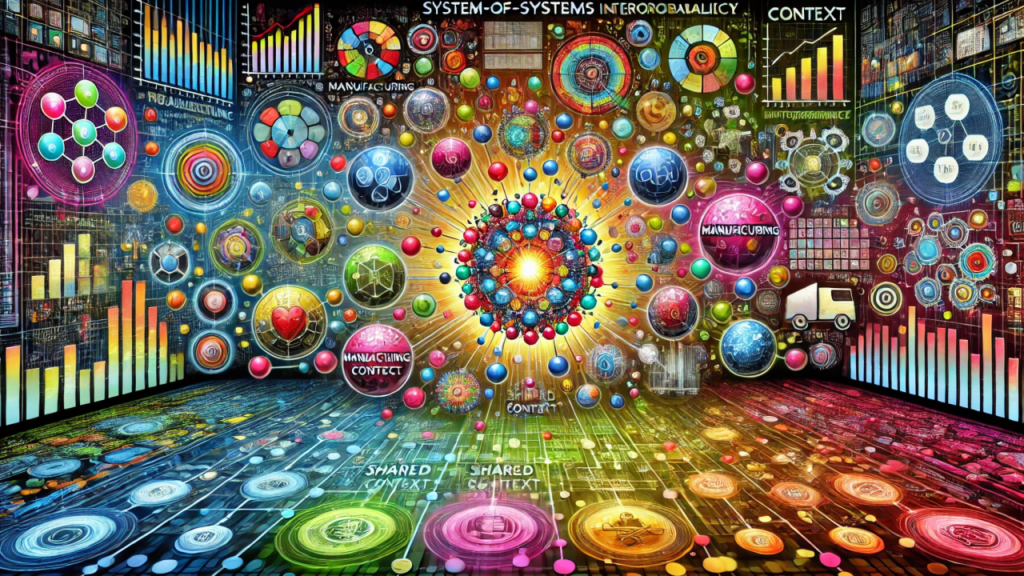Anto Budiardjo
Founding Member @ IBB Project | Host of Monday Live! | CEO at Padi.io
Anto Budiardjo, Padi Inc.
1. Introduction
In information science, an ontology is a formal representation of knowledge as a set of concepts within a domain, and the relationships between those concepts. Ontologies are used to reason about the properties of a domain and to enable shared understanding and interoperability between people, systems, and organizations. They play a foundational role in structuring data, enabling semantic integration, supporting search and discovery, and underpinning automated reasoning systems.
Typically, ontologies are constructed to serve specific domain needs. They allow different stakeholders or systems to align on a shared vocabulary and logic, reducing ambiguity and enabling complex data-driven operations. While most ontologies are self-contained and domain-specific, cross-domain interoperability increasingly requires them to be integrated or mapped to one another. This presents both conceptual and technical challenges that demand thoughtful strategies for context alignment and relationship bridging.
This paper explores the role of ontologies, hierarchical structures, and context in knowledge representation. It examines the completeness of domain ontologies, the interplay between entities and activities, and the challenges of integrating different ontologies. The discussion will also cover strategies for rationalizing contexts in ontological integration and the significance of meaningful entity connections within hierarchical structures.



